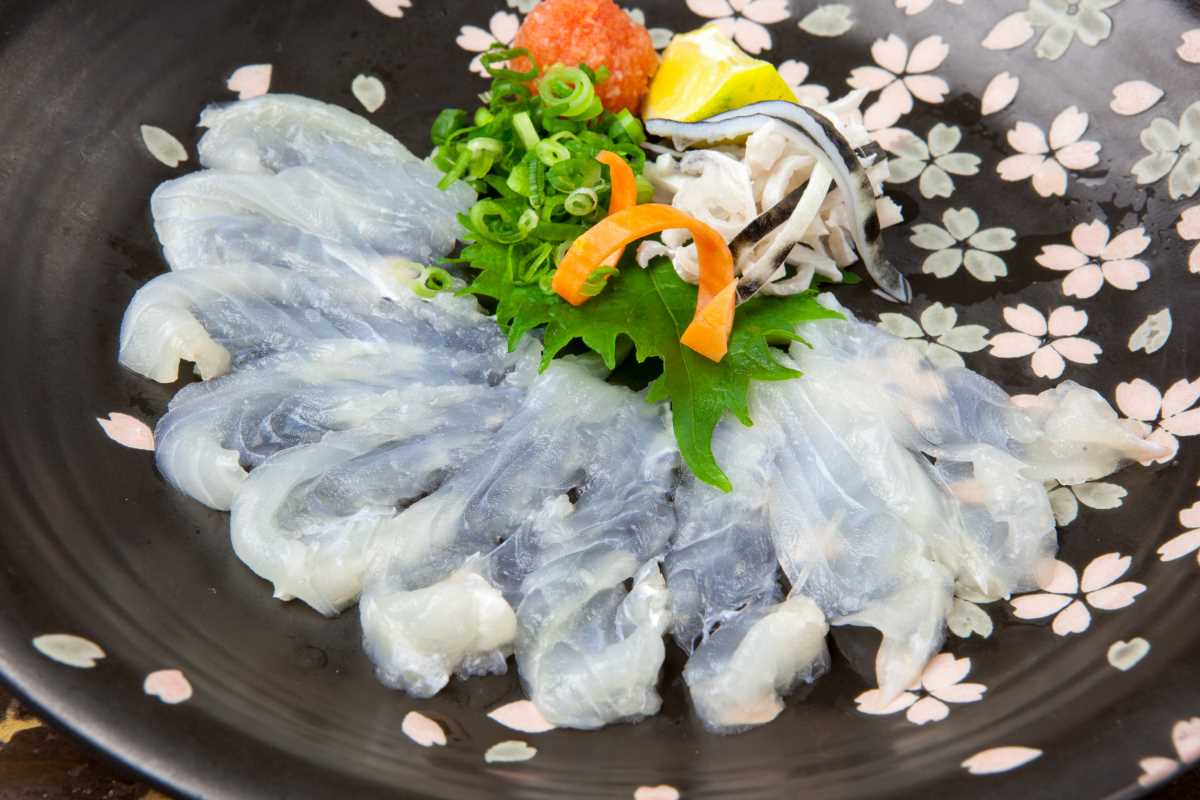Food is so much more than just fuel for the body. It’s a gateway to culture, history, and identity. Around the world, people have turned to local ingredients, customs, and creativity to create truly unique food traditions. Some of these might make your mouth water, while others might leave you scratching your head (or holding your nose). Whether you're an adventurous eater or prefer the familiar, exploring the world’s strangest food traditions is an incredible way to connect with other cultures. These dishes and habits may seem unusual at first glance, but they often come with fascinating stories and deep cultural roots. Buckle up as we take a tour through some of the most bizarre and intriguing food traditions across the globe.
1. Hakarl - Iceland’s Fermented Shark
Iceland takes the concept of "acquired taste" to a whole new level with hakarl. It involves burying and fermenting a Greenland shark for several months, then hanging it out to dry for a few more. The result is a chewy, potent bite of seafood with a powerful ammonia-rich smell. For Icelanders, hakarl isn’t weird at all. It’s a nod to their Viking ancestors, who had to find creative ways to preserve food in harsh conditions. Today, it’s a must-try for curious visitors, though many admit the first bite is... challenging.
2. Balut - Fertilized Duck Egg from the Philippines
Imagine cracking open an egg to find a partially developed duck embryo inside. That’s balut, a beloved street food in the Philippines. Eaten warm and often with a pinch of salt or vinegar, it’s considered a protein-packed snack. The appearance can be hard to get past, but balut is flavorful and often seen as comfort food. The tradition traces back to a long history of Filipino creativity with food, making use of every resource available. It’s also thought to hold aphrodisiac properties, though you might need a brave heart more than anything!
3. Casu Marzu - Sardinia’s "Maggot Cheese"
Cheese lovers, are you ready to take it up a notch? On the Italian island of Sardinia, you’ll find casu marzu, a sheep’s milk cheese that’s been taken over by live fly larvae. Yes, you read that right. The larvae help break down the cheese, giving it a creamy texture and a sharp flavor. Some even eat it with the wriggling bugs still inside! What sounds extreme to outsiders is a point of pride for locals. It’s even been declared a cultural heritage food in Sardinia, though it’s technically illegal under European Union food safety laws. If you’re feeling daring, this "forbidden" cheese might just be your ultimate foodie adventure.
4. Fugu - Japan’s Risky Delicacy
Eating fugu (blowfish) in Japan is a test of trust. This fish contains deadly toxins that can be fatal if not properly prepared. Only licensed and highly trained chefs are allowed to serve it, and their rigorous training ensures every slice is safe. Despite the risks, fugu is cherished for its delicate flavor and texture. The tradition speaks to Japan’s careful balance of precision and artistry in cuisine. Trying fugu gives visitors a real taste of Japanese craftsmanship.
5. Surströmming - Sweden’s Stinky Fish
There are foods that smell bad, and then there’s surströmming. This Swedish specialty is made by fermenting herring in a can for several months, resulting in a smell so strong that it’s often eaten outdoors to avoid stinking up the house. Despite its infamous odor (often compared to rotten eggs), Swedes pair it with flatbread, potatoes, and onions for a surprisingly tangy and savory treat. Surströmming has been a part of Nordic culinary tradition for centuries, born out of the need to preserve fish. For Swedes, it’s a point of pride, and for visitors, it’s a true test of bravery.
6. Escamoles - Mexico’s Ant Egg Delicacy
If you thought tacos couldn’t get any more exciting, welcome to escamoles. Often called "insect caviar," these ant larvae are harvested from the roots of agave plants and served in everything from tacos to omelets. The taste and texture are often compared to cottage cheese or nuts, making it a surprisingly mild addition to Mexican dishes. The tradition of eating insects in Mexico (like crickets, too!) dates back to the Aztecs, who were experts at using every source of protein possible. Eating insects is actually gaining global recognition as a sustainable food practice.
7. Jing Leed - Crispy Crickets from Thailand
Another insect-based dish comes from Thailand, where deep-fried crickets, or jing leed, are a popular snack. Often seasoned with soy sauce and garlic, these crunchy treats are protein-packed and surprisingly addictive! For locals, this is a quick and affordable treat found at street food markets across the country. Visitors might flinch at the idea, but once you try them, they’re not too different from munching on potato chips. Thailand’s hospitable atmosphere makes it easy to give them a try without judgment.
8. Coffee with Butter - Ethiopia
We all know coffee with cream or sugar, but in Ethiopia, they’ve been adding butter to their brews for centuries. This tradition harks back to ancient times when butter was used to preserve raw coffee beans. Today, it’s considered a special treat, adding richness and energy to a morning cup. Ethiopia proudly claims its place as the birthplace of coffee, and its traditional coffee ceremonies are a highlight for visitors. Drinking coffee is about slowing down and savoring a shared moment, rather than just the drink.
9. Haggis - Scotland’s Savory Pudding
Scotland’s famous national dish, haggis, might sound strange to the uninitiated. It’s made from a sheep’s liver, lungs, and heart mixed with oats, suet, and spices, then cooked inside the animal’s stomach. The description sounds scary, but haggis is flavorful, hearty, and comforting. Paired with "neeps and tatties" (turnips and potatoes), it’s a must-try for visitors. The dish is a centerpiece of Scottish culture, celebrated every year on Burns Night in honor of poet Robert Burns.
10. Century Egg - China's Preserved Culinary Art
China’s century egg isn’t actually 100 years old, but it sure looks like it! These eggs are preserved in a mixture of clay, ash, and salt for several weeks, transforming the yolk into a dark green jelly with bold, complex flavors. It can be an acquired taste, but for many Chinese families, it’s a delicacy with deep roots in tradition. Served in congee or sliced into salads, century eggs prove that looks can be deceiving.
Trying something unfamiliar might feel daunting, but it’s one of the best ways to understand a culture on a deeper level. These experiences remind us of the incredible diversity of our world and the unexpected joys of stepping out of our comfort zones. Bon appétit!
 (Image via
(Image via





